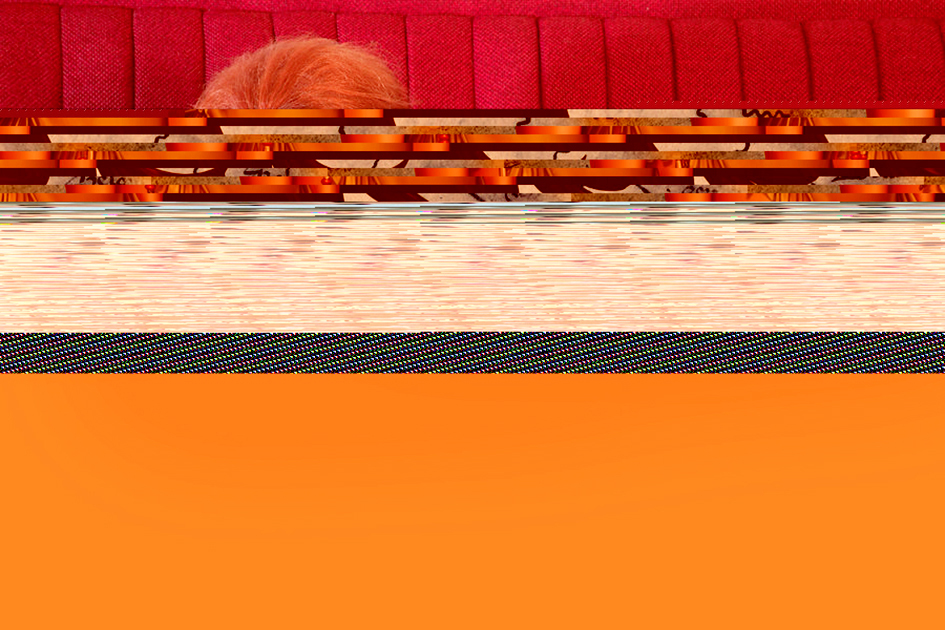Data Recovery
Diego Collado
I had heard of a software programme that retrieved erased data from the digital memory cards used in cameras and phones, memory cards that contained moments someone at some point thought were worth engraving. I thought: this is access to a lot of people with their guard down. Reviving their photographs represented access to them in the comfort of an imagined privacy, a gateway to details which would not otherwise be seen by anyone.
The decision to edit these things out of existence is a violent act. Violent in the same way that Slavoj Žižek describes love as violent – an exercise in subjectivity that asserts an indifference towards everyone else. By deleting their images, photographers were insisting the photos exist only for them, rather than allowing them to become relevant to the outside world.
So I got my hands on as many used memory cards as I could and started the recovering process. I got the first ones from a store that had some second-hand photo equipment. They weren’t really for sale, but when I said I was interested they checked the cameras for forgotten cards, and bingo, I got lucky.
At first the process was all about being a voyeur, about not knowing what to expect, what I’d see. At the same time, I acknowledged that these photographers, documenting their private lives, had certainly not expected me to be looking through their work.
Then it happened. An image recovered incompletely and, inexplicably, the void was filled with patterns and colours loosely based on the rest of the image. It was visual evidence of a technological unconscious making subjective choices; the device picked a colour or pattern to fill what should have otherwise defaulted to blank space.
I think this process must mirror the way our own unconscious works: what seems like an irrational choice is really due to a set of information too complex for us to consciously understand, but which is nonetheless logical. Like a gut feeling – there’s nothing magical or emotional about it – it’s just the most efficient way for our body to express a complex bundle of data to our decision-making systems.
Then the viewer has to pour their own unconscious into interpreting these images, make them their own, allow themselves to be encouraged by the existence of a void. In making my selection, I’ve tended towards images that are most flexibly reinterpreted; those in which the informational void has replaced a crucial segment of the story being told by the image, those that demand the viewer to make an interpretative choice while experiencing it.
This particular selection of images are all from memory cards I bought on eBay – approximately six hundred of them – sold by people all over the world. They’ve generated at least a million image files, of which only a small percentage have caused errors in the recovery process, an even smaller amount of which have had errors occur in a way that results in wonder.














